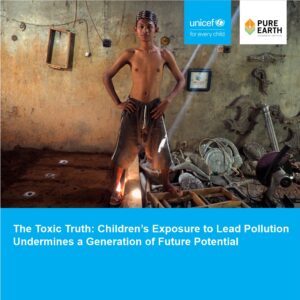Description
Lead particles may enter homes via shoes, clothes, pets, and windows. Central India is rich in deposits of natural resource materials such as coal, pyrite, dolomite, and alumina that contain Pb and other heavy metals at the trace levels, and the substantial exploitation of these materials has tended to increased contamination of water and geological formations. Here we present data on Pb concentrations in the water, soil and sediment samples (n=158) collected from 70 locations in Chhattisgarh state, Raipur region. Lead concentrations in the surface water (n=44), groundwater (n=44), soils (n=60) and sediments (n=10) ranged from 6 to 1410, 3 to 52, 12.8 to 545, and 31 to 423 μg g−1, with mean values of 305, 16, 102 and 190 μg g−1, respectively. Most of the Pb fractions of >80% can be leached out with the chemical extractants EDTA, acetic acid, and hydroxylamine hydrochloride. Lead has accumulated in the soil clay fraction due to its relatively large surface area and decreases with increasing depth in the soil profile.



